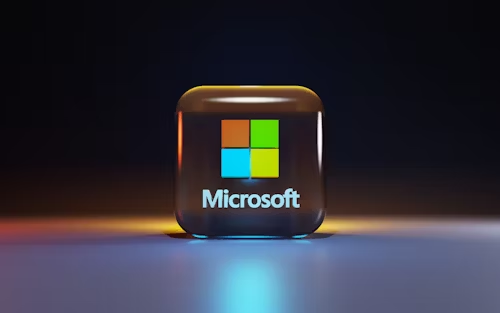The world is a big and busy marketplace. Technology is constantly changing, and the need to keep up with your competition is ever-increasing. So where do you begin if you are a small business trying to find your niche, or just want to be able to have a better means of managing your customers? Throw in a global pandemic, and the challenge to stay afloat becomes even harder.
The Big Shift
Small businesses that previously relied on walk-in customers such as local cafes, corner shops, independent book shops, etc, have had to adapt quickly to the “new normal” or risk closing down permanently. When the walk-ins can no longer simply walk in, the speed at which a business can switch its focus to a digital platform that can be accessible from anywhere has become crucial to its ability to survive in a restricted environment, and perhaps even thrive in the post-pandemic world.
Of course, online shopping is not a new phenomenon, but the range of products and services that are moving to digital media is ever-increasing. Long gone are the days when a mobile phone was used just to call home if you’re running late, or a computer just used to collate data. The demographic of digital users has widened and become more diverse, especially these days when the need to scan a QR code to check-in to public venues has become commonplace, if not mandatory. So ignore them at your peril!
Under-utilised Potential
For many businesses, even if they had an online presence pre-pandemic, they most likely found themselves needing an urgent upgrade to meet customer demands.
A business website should be more than just a fancy repository that lists your services or products. Your customer’s shopping experience will be much improved by the ability for them to communicate directly with you, either immediately (e.g. webchat) or be able to make an online appointment in real time without waiting for confirmation.
Showcasing your product catalogue is important for sales, but being able to put your product in its best light will make you stand out from the pack. In absence of a walk-in, your website is how you make the perfect first impression on your prospective customer.
Think of it as a static image of a house for lease versus a 360° virtual tour. How about an interactive, augmented reality experience where your customers can try before they buy? Why limit your customer’s shopping experience to just a website? Broaden the shopping experience with a mobile app. (“There’s an app for that!” is a popular catch-cry amongst my friends.)
Closing the Deal
Once your online shopper has found what they’re after, take your website one step further by allowing them to make the ultimate commitment – the secure checkout! You may be surprised by how many businesses (even large retail stores) did not offer an online ordering facility pre-pandemic.
Finally, complete the customer experience with good post-sales service: order confirmation, delivery (or click-and-collect arrangements) notifications, and a final thank you and promote future sales with news and updates.
Remember, your online platform should represent everything your customers need without looking elsewhere. Online, as in person, once a customer leaves your site, they may never return. So, make it a one-stop shopping experience.




